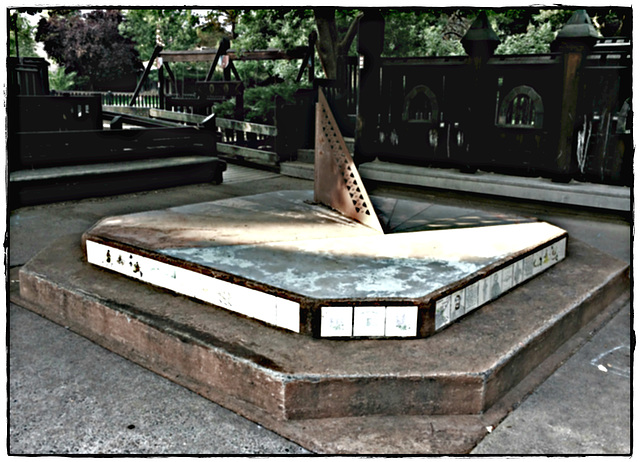Flowers
Oh lollipop, lollipop
In my neighbourhood
In my neighbourhood
In my neighbourhood
Retrodict
Trader Joes
Relishing the cool of Autumn
Relishing the Autumn
British Writers
Sycamore / Pane Texture
"I, pencil"
Transcriptase
A visit to the Capitol
Dream flower
Erstwhile neighbourhood
Celebration of Spring
And then there were showers.....
BOOK WORM
Capitol Interior - Lansing Michigan
Carpets etc
Moreno's Produce
Virtues of Nopales leaves
$ 1/ per bag
To your gardens
Gauthama
Gauthama at Fats
An evening at Fats
Dulces Mexicanos
Immigrants
Daguerreotype
After the rain
Aero
Earth's goodness.....
Earth's sweet goodness
At Danio's
At Danio's
Bridals etc
ॐ
At Danio's
Carpets etc
Cold Beer, Churros, Cold Drinks, Nachos.....
Keywords
Authorizations, license
-
Visible by: Everyone -
All rights reserved
- Photo replaced on 07 May 2019
-
116 visits
- Keyboard shortcuts:
Jump to top
RSS feed- Latest comments - Subscribe to the comment feeds of this photo
- ipernity © 2007-2024
- Help & Contact
|
Club news
|
About ipernity
|
History |
ipernity Club & Prices |
Guide of good conduct
Donate | Group guidelines | Privacy policy | Terms of use | Statutes | In memoria -
Facebook
Twitter



Not everyone was pleased. "The gods confound the man who first found out how to distinguish the hours" the Roman playwright Plautus lamented in the second century B.C. "Confound him, too, who in this place set up a sundial, to cut and hack my days so wretchedly into small portions!" ~ Page 57
Sign-in to write a comment.